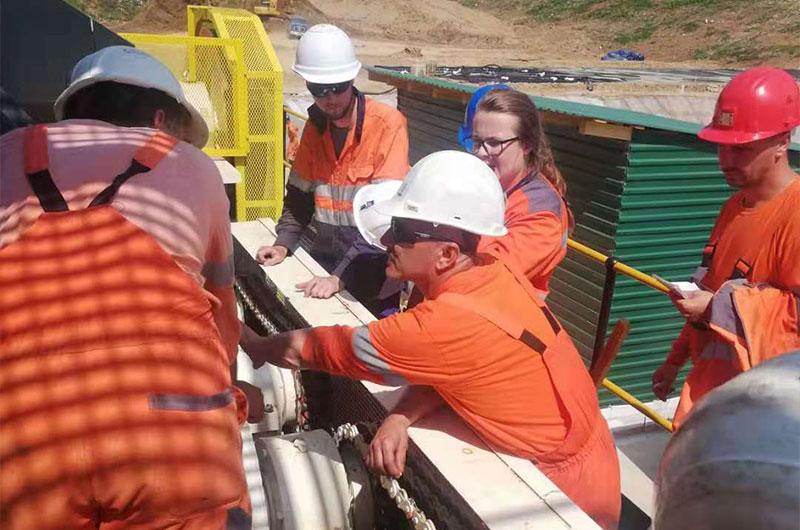Steel slag (SS), a waste product of steel manufacturing, accounts for approximately 15% to 20% of global steel production. Unfortunately, most of the steel slag has not been effectively recycled but rather disposed of through landfilling or stockpiling.
Nevertheless, the valuable metal components (such as iron) and minerals abundant in steel slag offer significant potential for recycling as raw materials in steelmaking and construction.
Promising prospects for steel slag recycling
The global steel industry, as per the International Energy Agency (IEA), consumes about 20% of industrial energy. Projections indicate a 30% increase in global steel consumption by 2050, resulting in a continual surge in global steel slag production.
Steel slag recycling brings significant economic and environmental benefits to society.
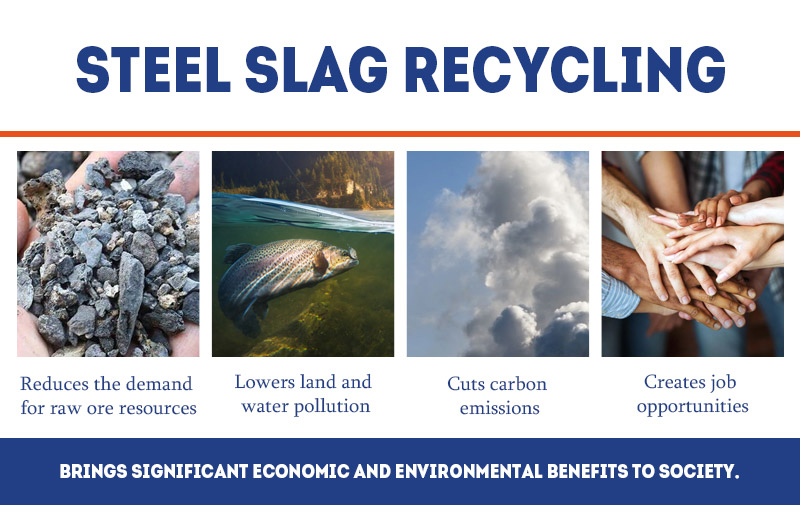
It dramatically reduces the demand for raw ore resources, lowers land and water pollution, and cuts carbon emissions. Moreover, it creates job opportunities and stimulates industrial development.
Several countries prioritize steel slag recycling. Japan employs it mainly in cement and concrete production, Germany uses it in construction and agricultural fertilizer production, and the United States utilizes it in road construction and blast furnace iron production.
Overview of steel slag
Before recycling steel slag, it is necessary for us to understand the properties and classifications of steel slag.
The properties of steel slag
Steel slag appears in the form of molten liquid and is a complex solution of silicates and oxides, which solidifies upon cooling.
It resembles black-grey cement clinker, comprising iron oxide, calcium oxide, silica, small amounts of magnesium oxide and manganese oxide, as well as phosphorus and sulfur.
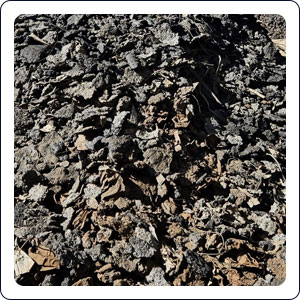
Hardness: 6–7
Specific Gravity: 3.2–3.6
Unit Weight, kg/m3 (lb/ft3): 1600–1920 (100–120)
Absorption: up to 3%
The classification of steel slag
Steel slag is generally obtained in large quantities from steel mills, scrap metal recycling, steel processing plants, and waste processing facilities.
Steel slag can be classified into the following two types:
1. Based on different steelmaking processes:
- Blast furnace slag: Further divided into granulated blast furnace slag and air-cooled blast furnace slag.
- Steelmaking slag: Including electric arc furnace slag and convert slag.
2. Based on different stages of steelmaking:
- Primary steelmaking stage: Produces furnace slag or tap slag.
- Ladle refining stage: Forms raker slag and ladle slag.
- Slag dropped during production or removed after steel tapping: Pit slag or cleanout slag.
So, how can steel slag be efficiently recycled?
Exploring steel slag recycling and processing
Steel slag recycling primarily involves extracting useful metal components (such as steel particles and iron powder) and properly managing the tailings.
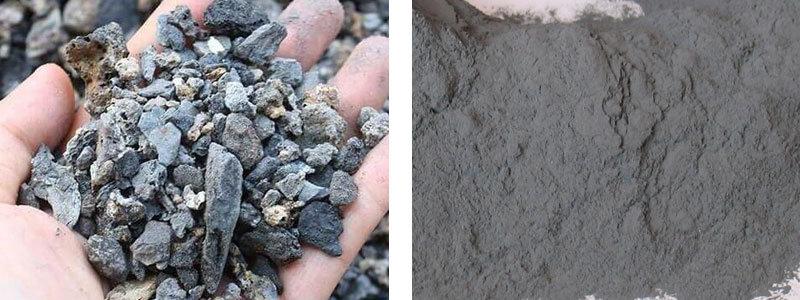
Despite the large and challenging volume of steel slag production, it can be effectively recycled through methods such as mechanical, chemical (such as dissolution, leaching), and thermal treatments (such as hot stuffing, smelting).
Here, we will employ mechanical processing methods including crushing, grinding, separation, and classification.
Step 1 Steel Slag Crushing
After the initial crushing by a jaw crusher, the steel slag is reduced to a size smaller than 60 mm.
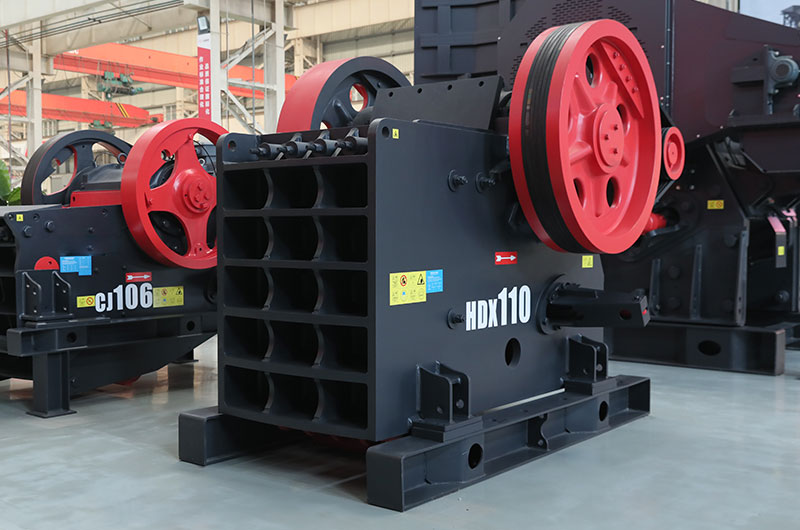
Then, the crushed steel slag is conveyed to a vibrating screen, where steel slag particles larger than 25 mm in diameter are transported to a cone crusher for secondary crushing, resulting in a particle size smaller than 25 mm.
Step 2 Steel Slag Grinding
In this step, we utilize a steel slag rod mill to grind the crushed steel slag, ensuring uniformity of the final product.
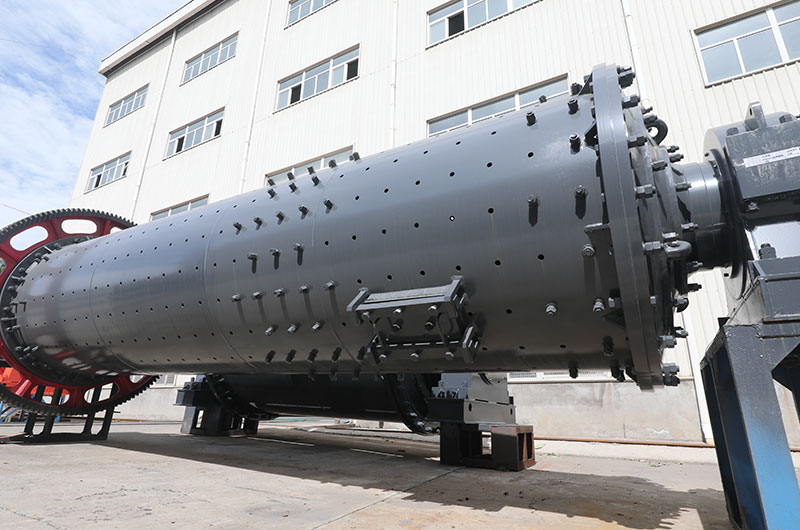
If a powdered steel slag product is required, a combination of rod mill and vertical roller mill or vertical roller mill and ball mill can be selected. This step can be equipped with a dust collector for dust removal operations, collecting the ground dust.
Step 3 Steel Slag Separation
Steel slag separation typically employs magnetic separation, aiming to extract useful iron metals from the slag.
Both steel particles and iron powder in the steel slag exhibit magnetism. Therefore, magnetic separators are used to further purify the steel slag, obtaining a mixture of steel particles and iron powder, as well as waste residue.
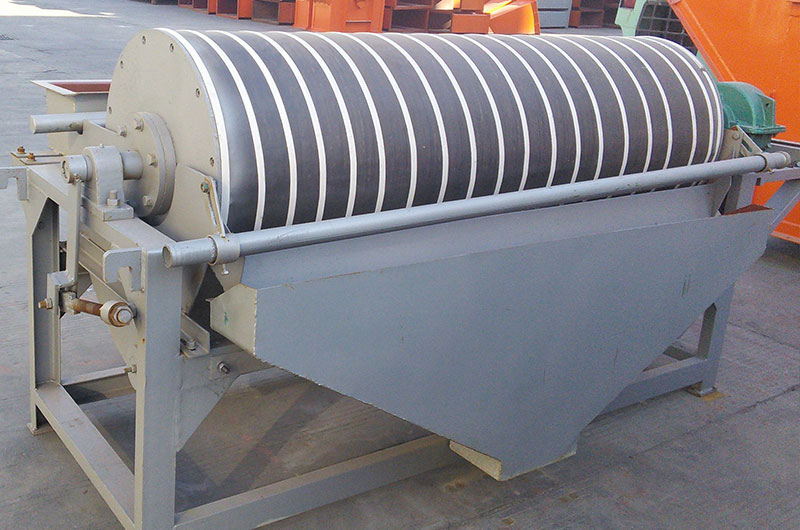
In addition to magnetic separation, utilizing shaking tables for gravity separation of steel slag can also achieve high recovery rates of iron concentrates.
Step 4 Particle Classification
Using a vibrating screen to sieve metal iron particles of various sizes allows for the classification of steel particles and iron powder into coarse, medium, fine, and ultrafine grades, depending on the product's intended application.
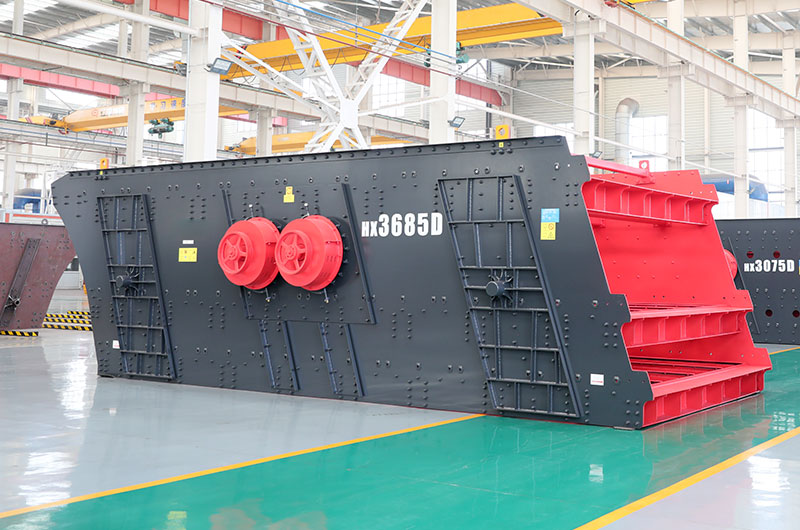
Considering environmental protection and worker safety, it is crucial to handle waste residue, wastewater, and exhaust gases carefully during recycling to prevent environmental damage and protect worker health.
Steel Slag Recycling for Sustainable Reuse
As a significant source of secondary resource utilization, metals from recycled steel slag are used for steel production or other metal products, while the non-metallic portion is utilized in cement production, road construction, fill materials, and more.
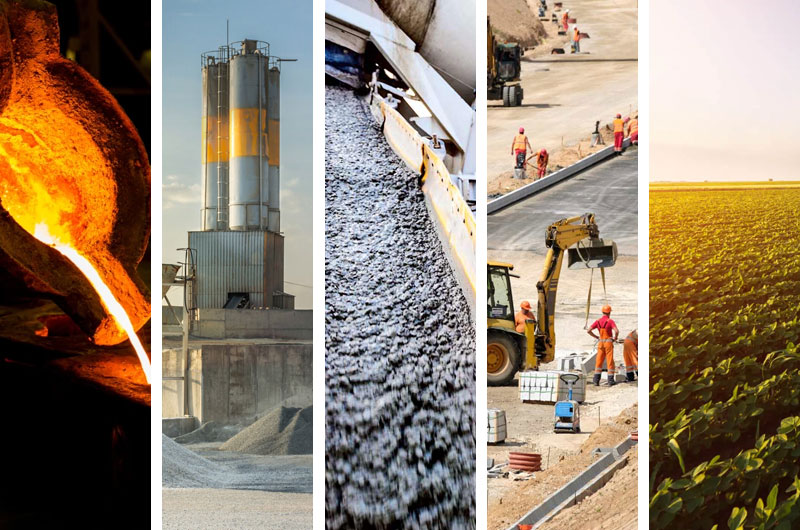
- Smelting: Recycled steel slag is used as a smelting solvent in factories, replacing traditional limestone to improve smelting efficiency and recover a large amount of metal iron and other useful elements.
- Cement production: Steel slag exhibits Portland cement clinker characteristics, enhancing cement strength and durability when used as a mineral admixture, leading to zero-emission cement.
- Concrete production: Steel slag is increasingly replacing aggregates in concrete production due to natural resource depletion, resulting in concrete with superior mechanical properties and durability compared to traditional mixes.
- Road construction: Using processed steel slag as road base fill or pavement material can enhance the load-bearing capacity and durability of roads.
- Agricultural applications: Some components in steel slag are beneficial to soil, making it suitable for producing fertilizers and soil conditioners to promote plant growth.
FTM Machinery helps with your steel slag recycling business
With a growing focus on the circular economy and environmental sustainability, industries are seeking new solutions for recycling steel slag. As your trusted industrial equipment manufacturer, FTM Machinery is committed to supporting your recycling business.
Why choose us?
Leading Technology: We have advanced steel slag processing technology and equipment that can efficiently and environmentally recycle steel slag.
Rich Experience: With over 40 years of experience in steel slag processing and machinery manufacturing, we have provided professional solutions and services to numerous clients in the field.
Good Reputation: Currently, there are many processing plants operating worldwide. Our product quality and service have been recognized and praised by a wide range of customers, making us a trusted partner.
